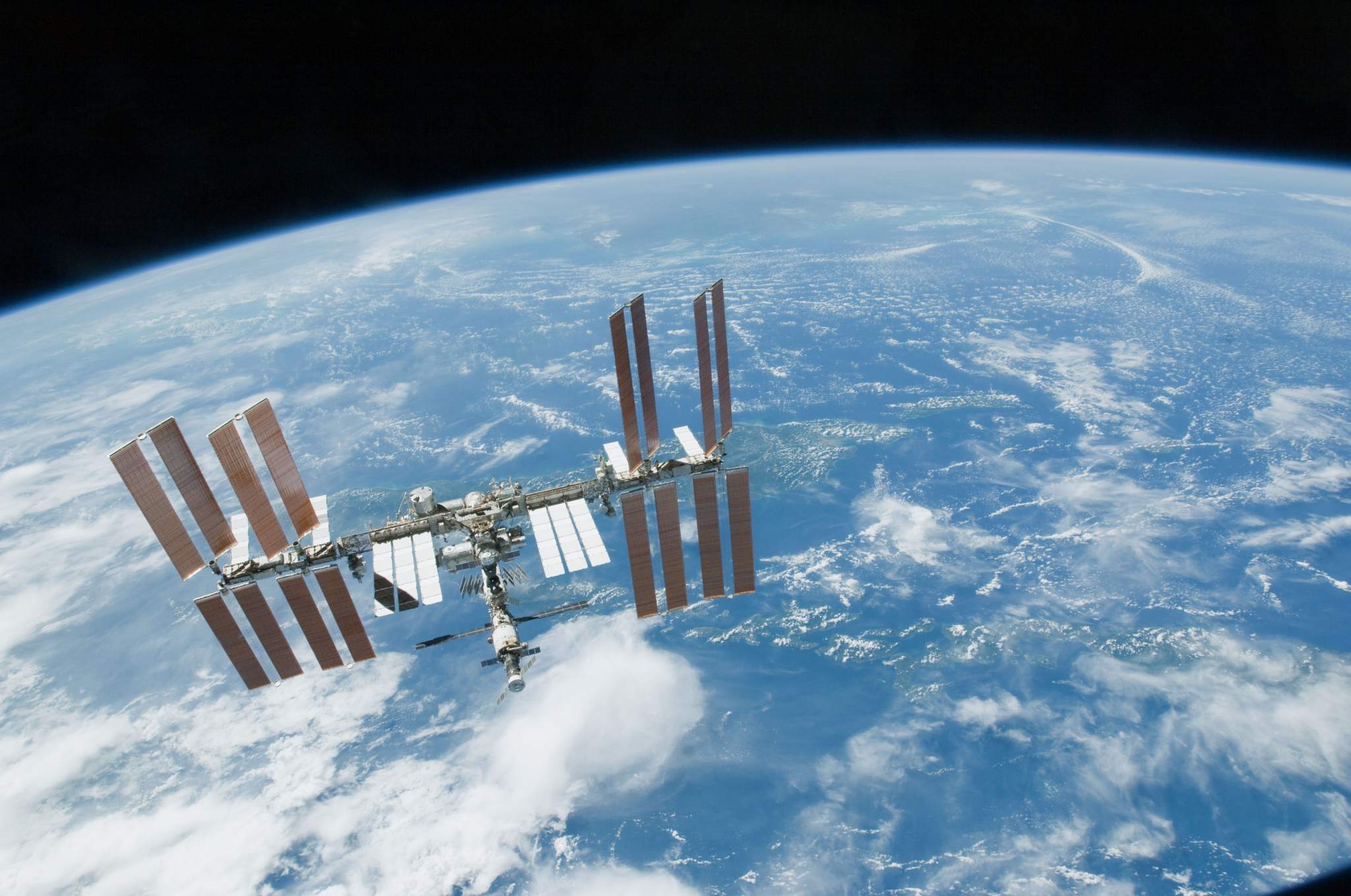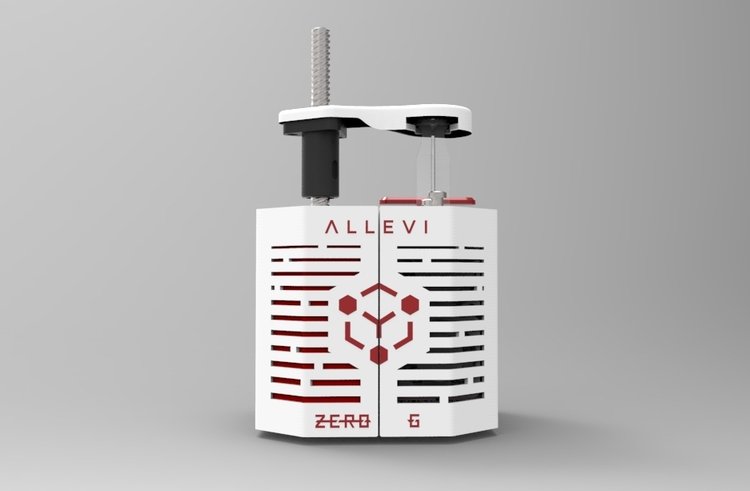3D Bioprinting Solutions, a Russian bio-technical research laboratory, has announced plans to collaborate with scientists from the U.S. and Israel to deliver muscular tissue biomaterials to the International Space Station (ISS) in September as part of a microgravity 3D bioprinting experiment. The materials will be used with 3D Bioprinting Solutions’ Organ-Avt 3D bioprinter, which was delivered to the ISS in December 2018 in order to carry out experiments for printing living tissue in space.
Experimenting with 3D bioprinting in zero gravity
3D Bioprinting Solutions is a subsidiary of Invitro, a private medical company in Russia. The company developed the Organ-Avt bioprinter for growing living tissues, and eventually organs, aboard the ISS, where the zero-gravity conditions enable 3D printed organs and tissues to mature at faster rates. On the station, 3D Bioprinting Solutions hope the bioprinter can also be used to study how living organisms are affected by long flights in outer space.
The Organ-Avt bioprinter was initially intended to be delivered to the ISS in October 2018. However, the system was incinerated after the failed launch of the Soyuz MS-10 spaceflight. 3D Bioprinting Solutions was eventually able to deliver a replacement of the Organ-Avt bioprinter to the ISS on December 3, 2018, aboard the Soyuz MS-11. Based on a magnetic 3D bio-printing technology, the Organ-Avt has already been used to successfully produce a mouse’s thyroid since its installation at the ISS, according to scientists at 3D Bioprinting Solutions.

Working with laboratories from the U.S. and Israel, 3D Bioprinting Solutions is looking to develop its research and continue the experiments in producing living tissue and organs in outer space with the planned delivery of the muscular tissue biomaterials. There are already several further experiments in the pipeline for the Organ-Avt bioprinter on the ISS, with the bioprinting of a bone tissue scheduled for August 2019. Russian scientists also plan to upgrade the Organ-Avt bioprinter in 2020, after which experiments to print “”tubular structures – renal duct, urethra, blood vessels” are scheduled. Yusef Khesuani, a managing partner at the 3D Bioprinting Solutions biotechnology lab, explains:
“In September, we will send muscular tissue cells [to the ISS]. We engage in this project jointly with two labs from US and one from Israel. The Israeli colleagues will share their cattle biomaterials with us. Our US colleagues will provide us with fish biomaterials, extracted from several types of fish.”
3D bioprinting in space
The printing of the mouse thyroid on the Organ-Avt bioprinter from 3D Bioprinting Solutions reportedly represents the first experiment for printing living tissues in outer space. However, the Organ-Avt is not the first bioprinter developed for the zero-gravity conditions of outer space. In July 2018 Pennsylvania-headquartered Allevi and U.S. microgravity 3D printer developer Made In Space announced a partnership to develop the Allevi ZeroG, a 3D bioprinter capable of working in the low-gravity conditions of the ISS.

nScrypt, a Florida-based 3D printing system manufacturer, and spaceflight equipment developer Techshot have also developed the 3D BioFabrication Facility (BFF) bioprinter, which is planned for delivery to the ISS aboard the cargo of SpaceX CRS-18 in July 2019. It is reportedly “the first American developed, owned and operated 3D bioprinter in space,”, according to Techshot.
You can now cast your vote for the third annual 3D Printing Industry Awards. Help decide this year’s winners now.
Subscribe to the 3D Printing Industry newsletter for the latest news in additive manufacturing. You can also keep connected by following us on Twitter and liking us on Facebook.
Looking for a career in additive manufacturing? Visit 3D Printing Jobs for a selection of roles in the industry.
Featured image shows the International Space Station floating above Earth. Photo via NASA.


